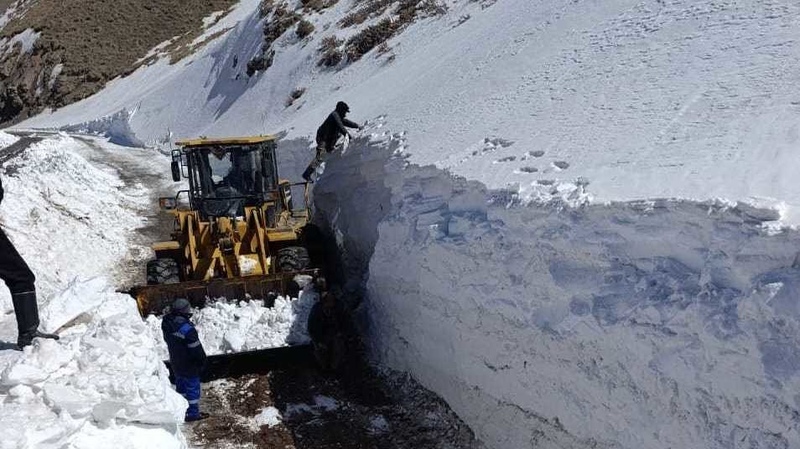
Pineapples can be delicious on their own or made into salsa, fruit salad of even meals such as sweet and sour. However making sure it is ripe before you use it is important to enjoy it at its best. The tropical fruit, along with other fruits like cherries and grapes, are non-climacteric, meaning their ripening process stops once they've been harvested.
This makes it essential to know you are buying one which is juicy and ready to eat - as no amount of waiting for an under-ripe offering to improve. Andrea Rivera Wawrzyn, Associate Food Editor at The Kitchn food blog , warns: "An underripe pineapple has a tart flavour and the flesh can be tough and woody. An overripe pineapple, on the other hand, can taste sour and almost fermented.

" But she says there are four steps you can take to make sure you have the perfect fruit - before you spend your hard-earned money on it. This is what she advises: Pineapples, like most fruit, soften as they become ripe. The expert says: "Unlike other fruits, their thick skin can make that softness hard to discern.
"So give those pineapples a good squeeze. If the fruit feels just a little bit soft, you’re good to go. This can be a bit of a Goldilocks method (too much give and it’s likely overripe; no give at all and it’s probably underripe), but somewhere in the middle is just right.
" A pineapple's thick skin means the best spot to smell a pineapple is on its bottom. It should smell sweet and fruity, not sour or fermented (a sign it’s overripe). The expert advises: "If you can’t smell anything at all, it may be a sign the pineapple you’re holding is underripe.
Try another one." The former chef says a pineapple at the peak of ripeness will have a golden yellow colour. She adds: "Underripe ones will look more green or even very pale yellow, while overripe ones will start to turn darker shades of yellow (and can even get into orange territory).
" The leaves (or fronds) on the top of a pineapple are another good indicator of ripeness, says the expert. She advises: "Gently pull at a leaf near the centre of the pineapple. "If it comes away with just a little effort, the fruit is ripe; if it’s hanging on, it’s a sign the fruit is underripe.
Look for pineapples with full, green leaves — if they look dry or brown, the fruit may be overripe.".











